NOISE AS COLOR
Artistic research / Electroacoustic performance / Installation (2016)
CLICK: Audiosample
CLICK: Video, Concert
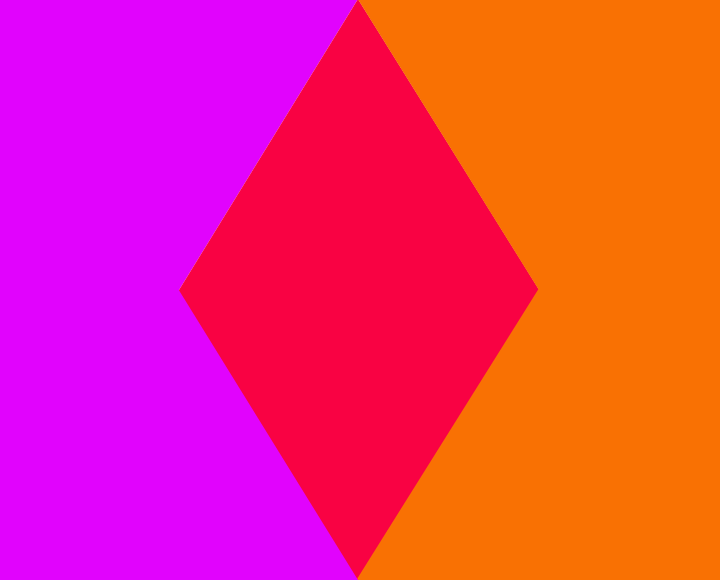
On the assembly line, in the iron foundry, sitting on an express train, in the hospital,
in a shopping center or while vacuuming: Ordinary acoustic phenomena are responsible for
the development of the "soundtrack" of our civilised life. We consciously and unconsciously
differentiate between multiple aspects of acoustic sensations based on the apparent value
they convey. Listening to selected music or talks, for example, contrasts with an enforced
exposition to (background) sounds/noises, which we normally blank out.
While hearing is the sense of nearness, vision is the sense of distance. By combining different
senses recipients are able intensify their spectrum of perception. Based on the synesthesia-idea
of the composer Alexander Scriabin (1872 – 1915) coloured light is related to specific sounds.
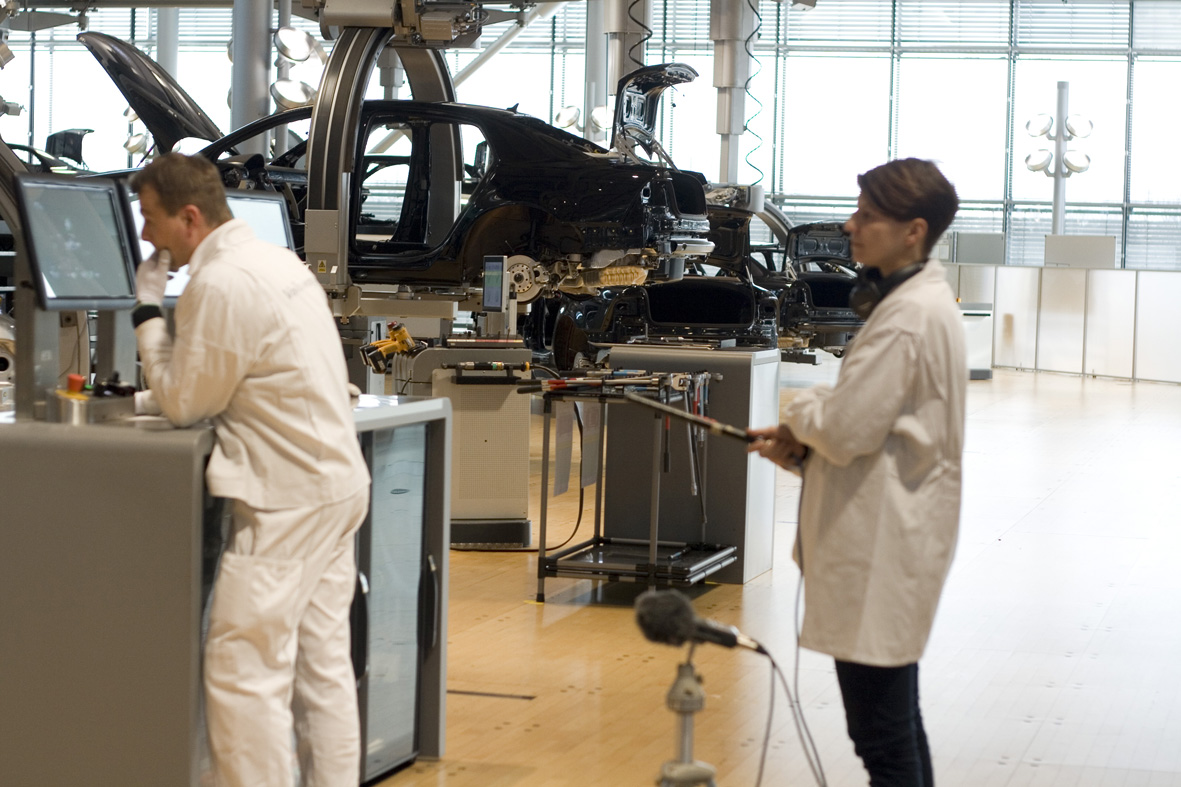
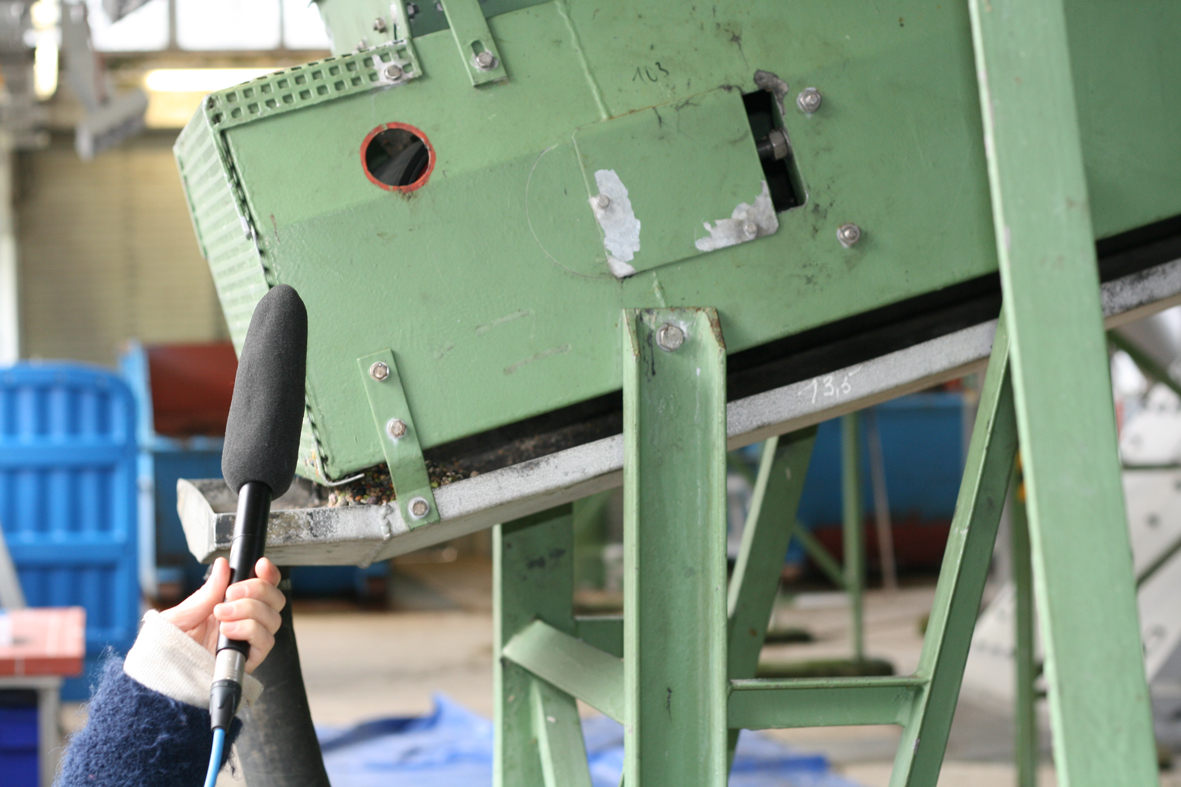
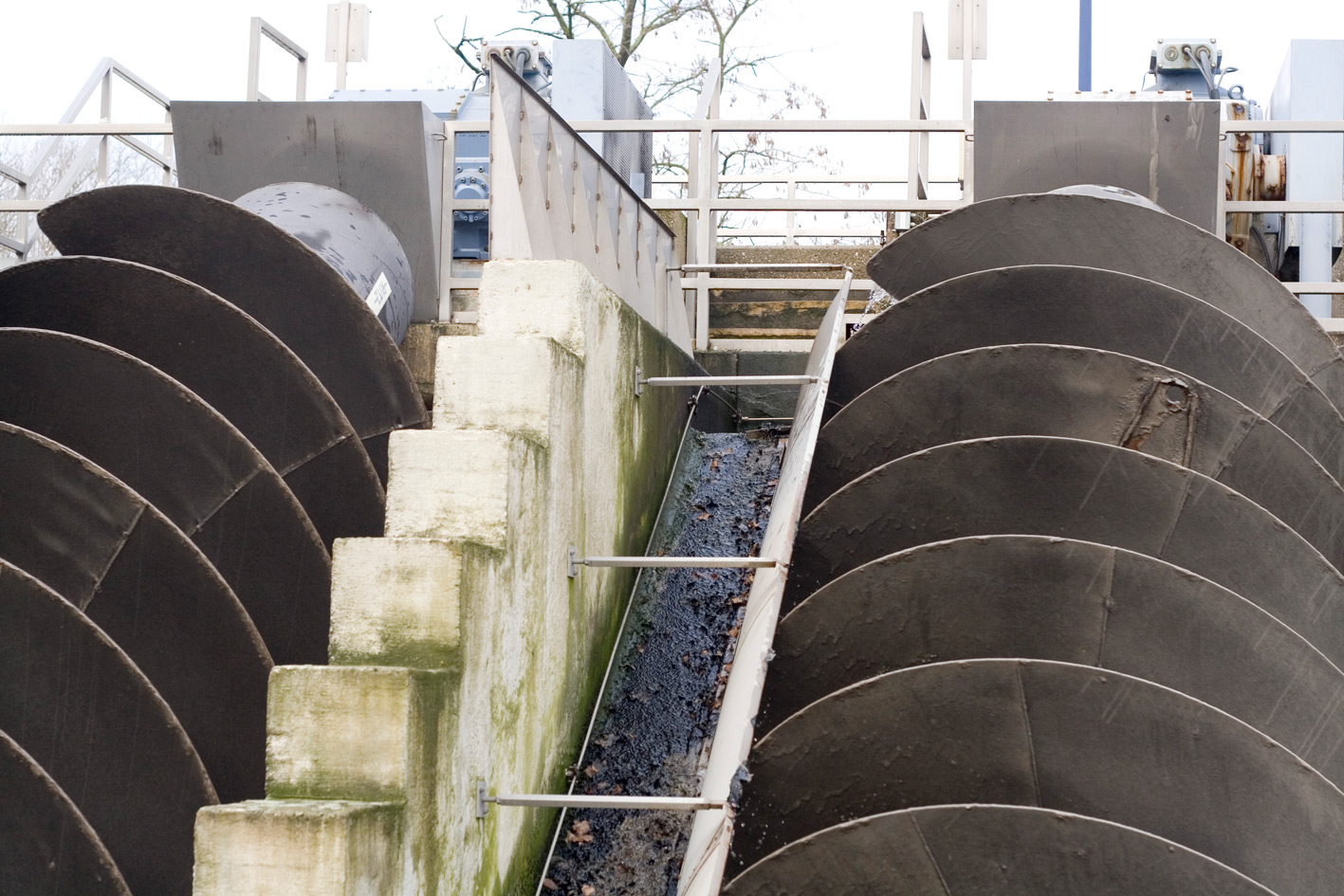

The humming and bubbling of a sewage plant in Leipzig, the ticking of automated assembly lines in a car
factory in Dresden, and the roaring of a construction site for the new urban motorway in Berlin,
constitute the origin of the sound spectrum for this composition. Different experimental approaches were
realized to extract colours from field recordings in these industrial surroundings. Firstly, subjective
synesthetic perception was used to assign colours to key notes from the recordings in the setting of a
specific "painting space" or "Closlieu", which served as a laboratory. The Closlieu is an educational
facility based on the concept of the German/French pedagogue Arno Stern, which consist of an enclosed
room (from the French "clos", meaning enclosed or enclosure, and "lieu", place), a colour palette and
spaces on the walls to express oneself by interacting with the situation as well as with the traces of
former paintings. The field recordings were played in order to stimulate synaesthetic perception and
translation from sounds into colours.
In a second set up recorded sounds were matched to pure notes by simultaneously playing instruments (violin and recorder)
to the recordings. Notes were then assigned to colours using the musical colour wheel described by Scriabin. Dominant
notes extracted were C sharp and a C-minor triad. Following colours were identified respectively: C = red, Eb = purple,
G = orange, additional C# = blue and D = yellow. The work was then shown as eight-channel-concert-installation, especially
composed for an evening at the experimental music venue "ausland", Berlin, in 2016.
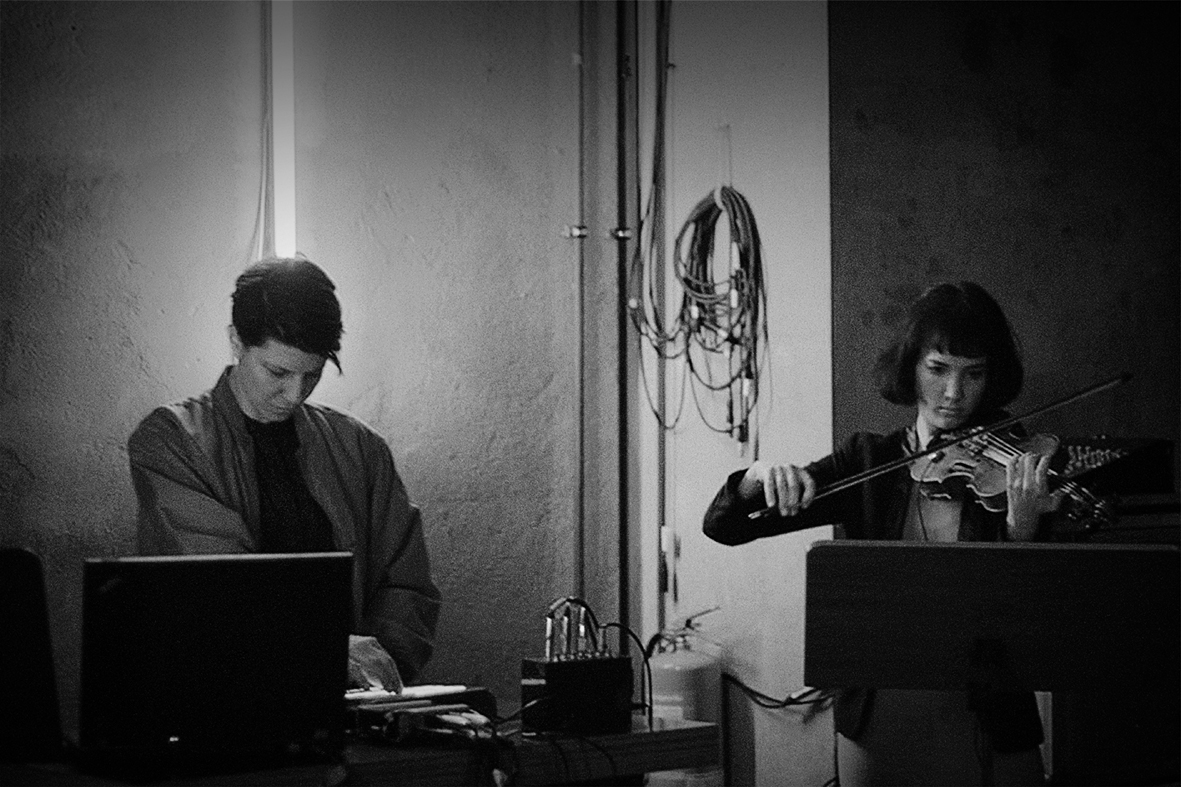
For the exhibition "Blick zurück nach vorn" at KKW Leipzig a composition of the recordings was placed in the control room
of the former power plant accompanied by a specifically programmed light module, adapting colours to filtered keynotes.


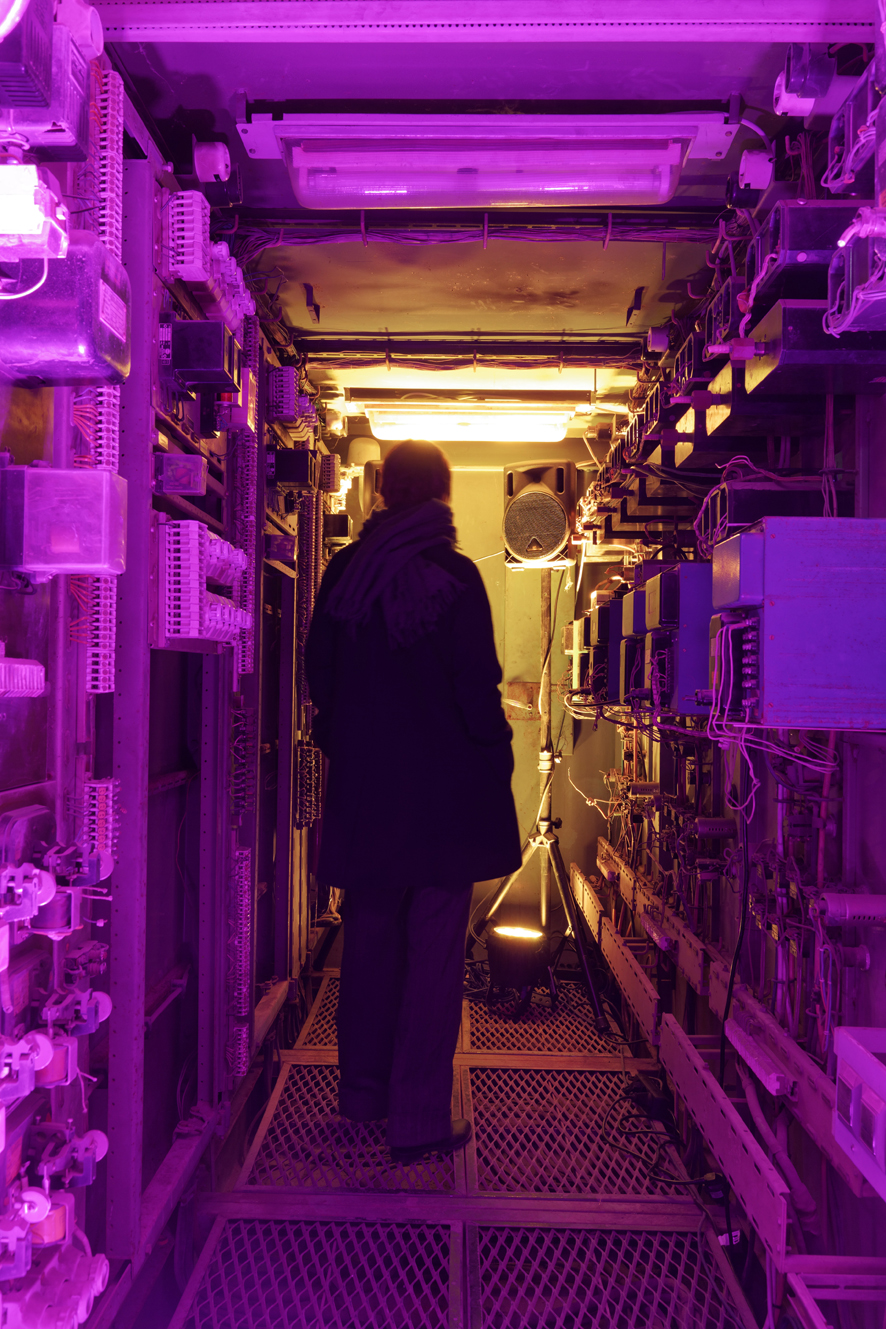
Artistic Assistance:
Lilli-Isolde Hallmann
Violin:
Lilli-Isolde Hallmann, Soheil Boroumand